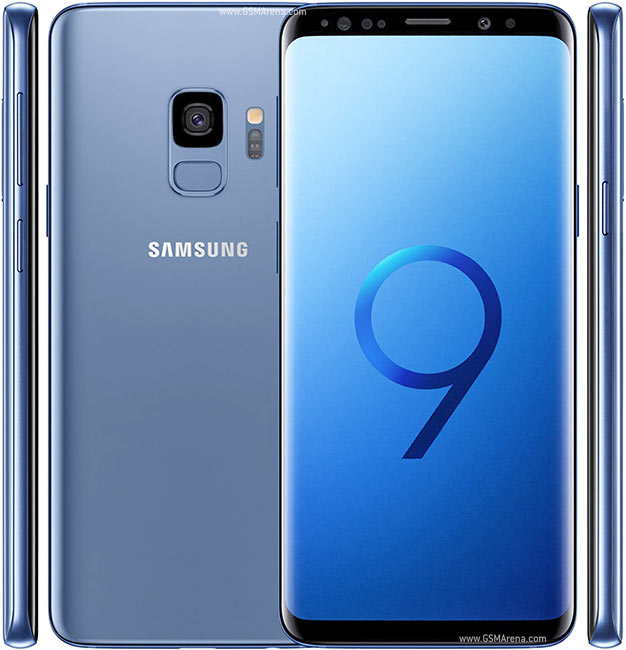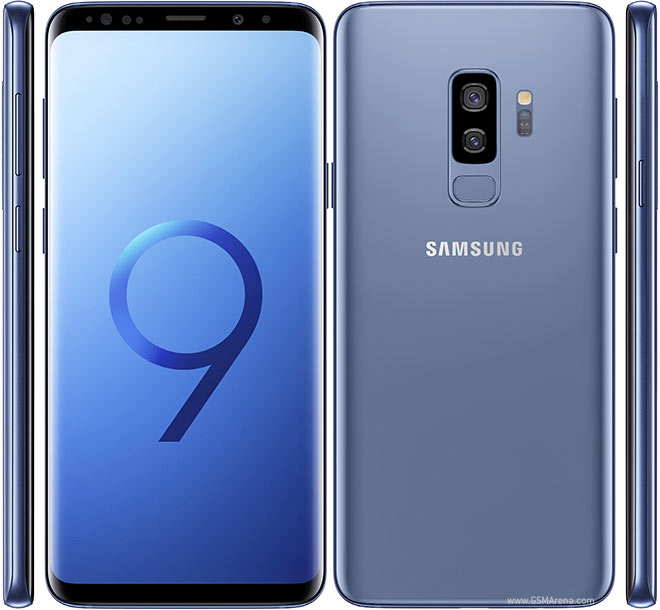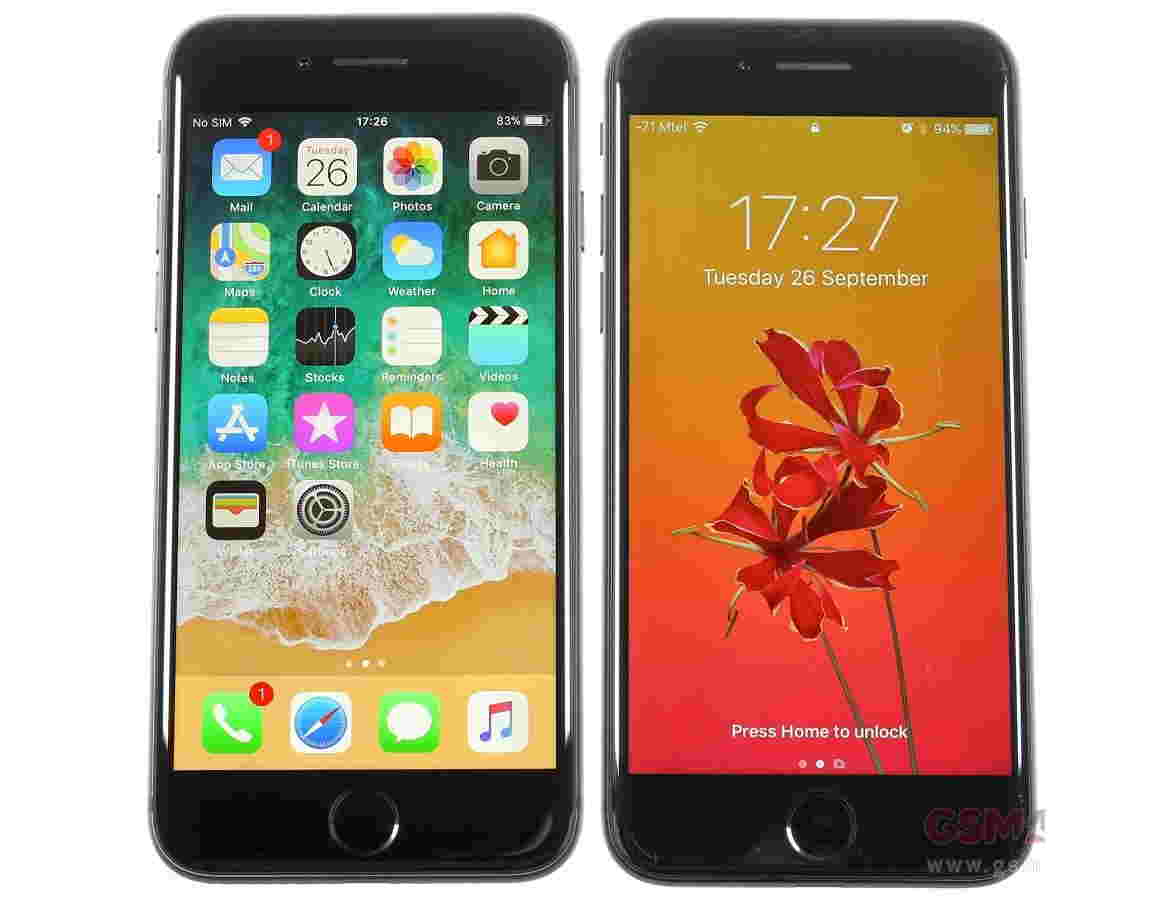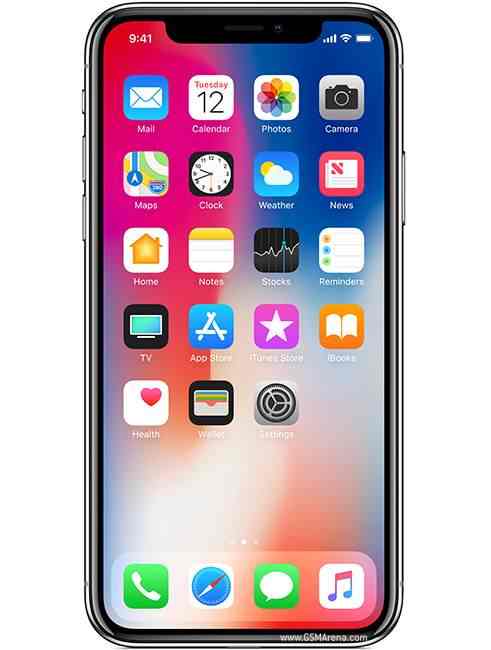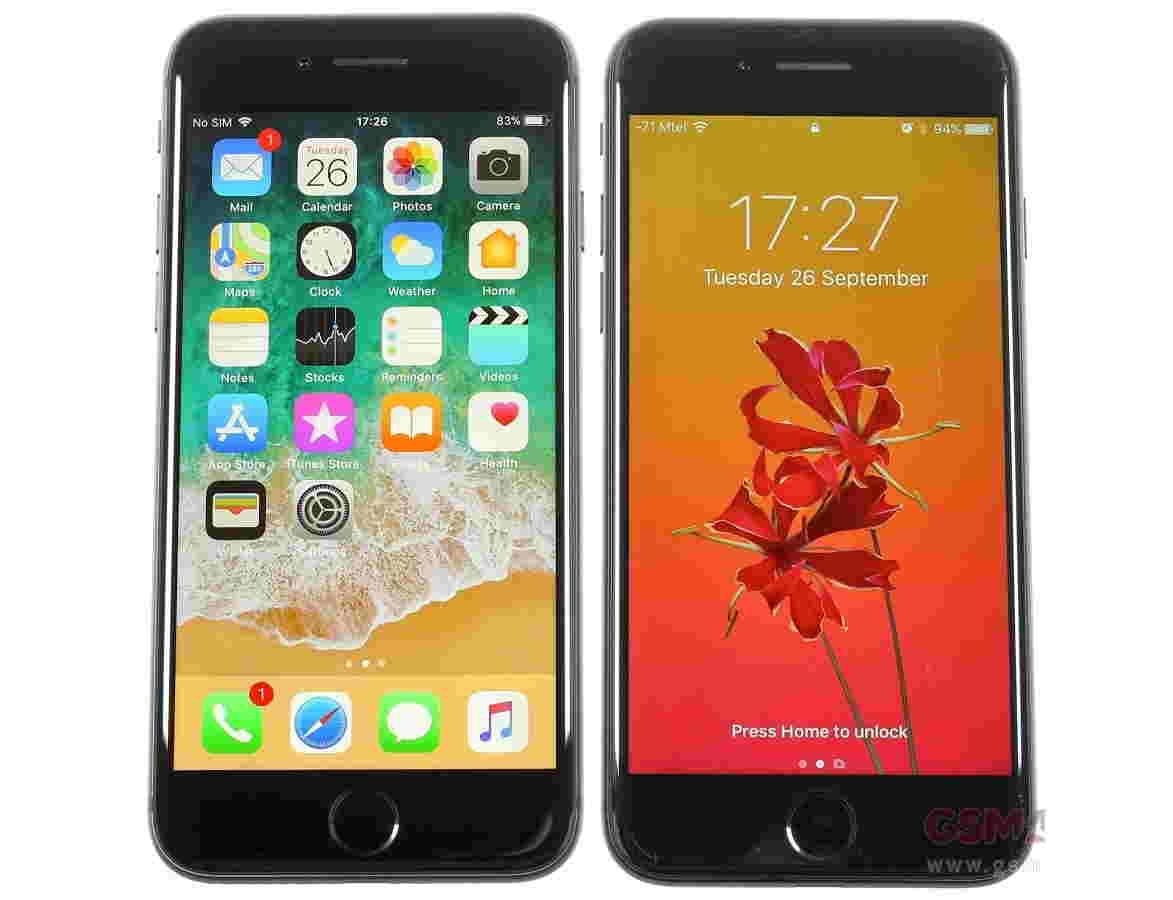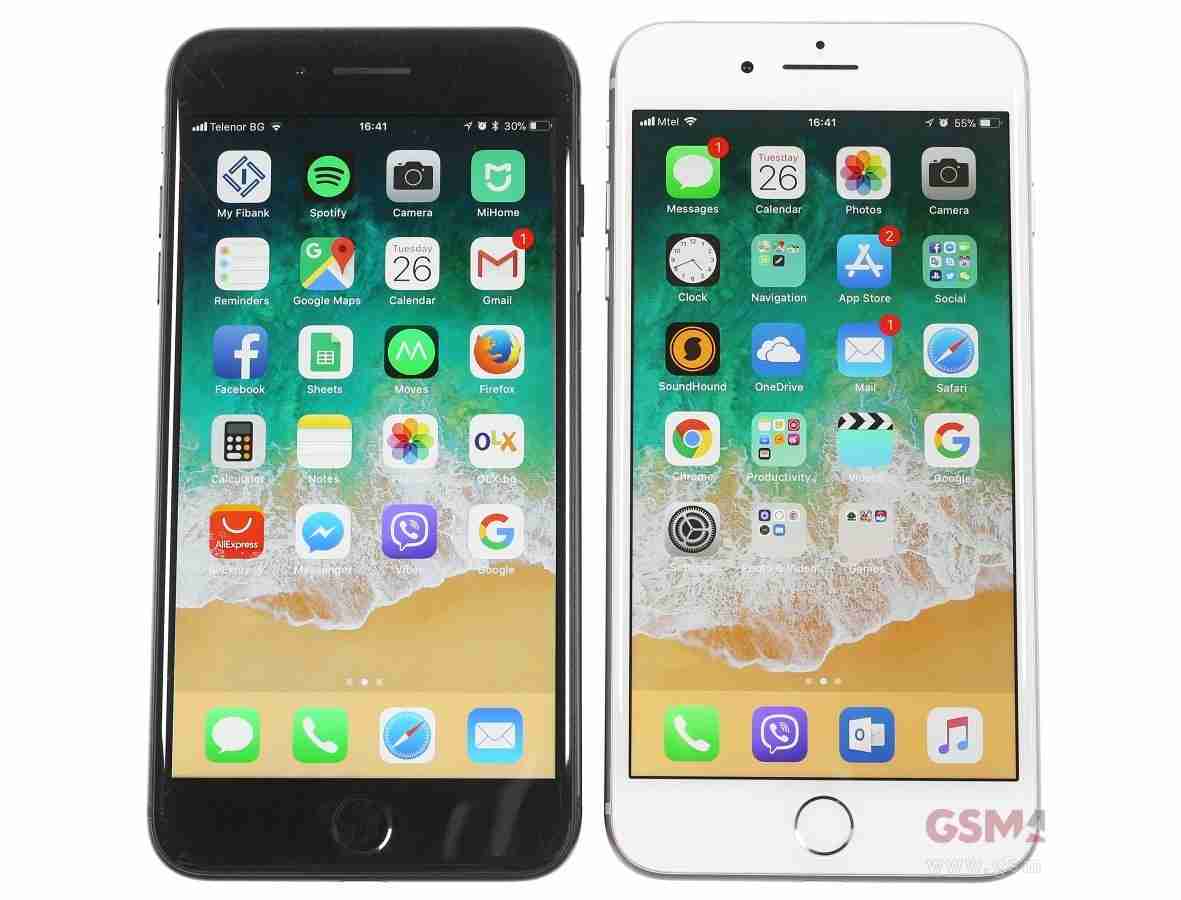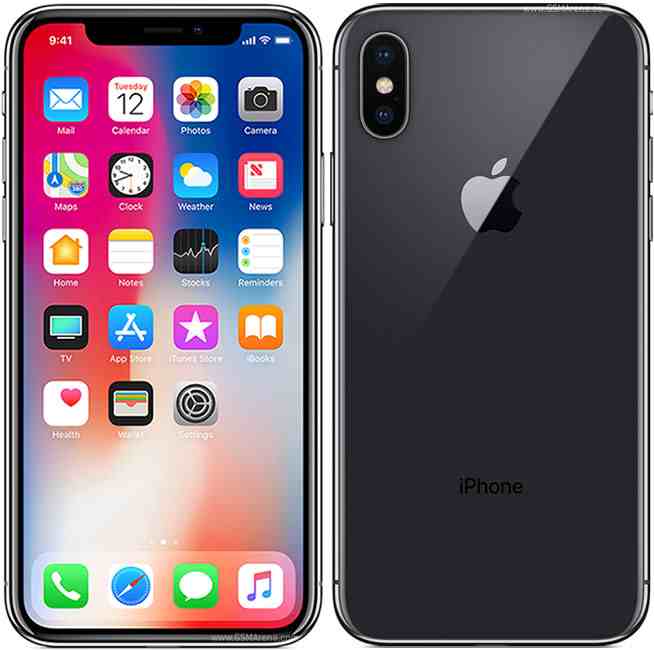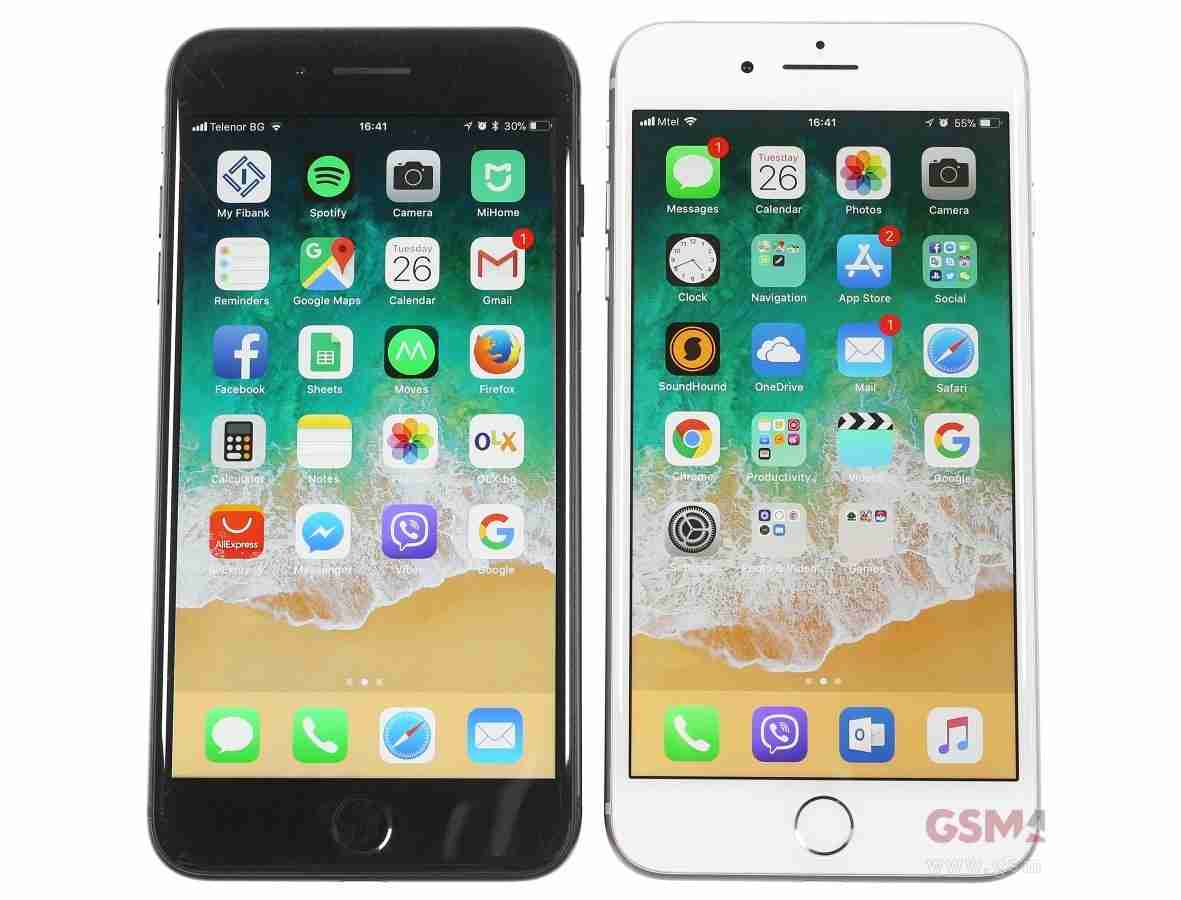Price: �99.99
Rating: 8

Fitbit might be a market leader in wearable tech but one of its products cannot be worn on the body. If you did, you’d be using it as weights rather than it reading your weight.
The Fitbit Aria is a smart scale that measures your weight, body fat percentage and BMI. It wirelessly syncs these stats with your Fitbit Dashboard and mobile apps, and is a great partner for the Fitbit activity trackers.
There aren’t many tech gadgets that you stand on but the Fitbit Aria is one of them.
It is part of the Fitbit fitness and health family that famously includes the popular Fitbit Zip, Fitbit One, Fitbit Flex, Fitbit Charge,Fitbit Charge HR andFitbit Surge activity trackers. See: Which Fitbit is best?
Powered by four AA batteries the Aria is certainly one of the most stylish scales available. It is available in chic black or white, topped by 0.3 inches of glass.
The LED display is clear and can be read easily even through blurry just-woke-up eyes.

Body fat percentage is the total mass of fat divided by total body mass; body fat includes essential body fat and storage body fat. For most women, 14-31% i a healthy range. For men it’s closer to 6-24%.
The Aria measures body fat percentage by using a body impedance method. It has four sets of ITO electrodes that shoot a small 180 micro amp current up one leg and down other to measure body impedance.
(Electrical impedance is the measure of the opposition that a circuit presents to a current when a voltage is applied. Body impedance uses a current to ascertain body fat percentage.)
No electronic scale is going to be super accurate at body fat percentage rating, but the Aria will give you a decent idea. Because this measurement can be subjective, the Aria's body fat reading may not match other scales or the results of manual methods such as calipers, says Fitbit.
The esteemed writer Kirk McElhearn, who has been using an Aria for a couple of years, thinks you might get more accurate body fat readings after a shower and light foot towelling as the humidity on feet makes for better contact.

BMI stands for body mass index. It looks at body fat in relation to height and weight and tells you if you're in the healthy range.
If you have a BMI above the healthy rangeyou are atraised risk of theserious health problems linked to being overweight, such as type 2 diabetes, heart disease and certain cancers.
A BMI between 18.5 and 24.9 is a healthy range, showing that you're a healthy weight for your height. Below that and it suggests you are underweight. Above and you’re overweight, according to the BMI rules. Over 30 and I’m afraid that the BMI rules say you’re obese.
Of course, if you have lots of muscle weight then the BMI might not mean much to you. But you’ll know in your heart whether those extra pounds are muscle or fat.

The Fitbit Aria’s LED display identifies you by name (or initials), then displays your weight and body fat percentage. It then shows you that it is syncing that data to your account.
The Aria recognizes up to eight individual users, so works for the whole family. Some find setting up for different individuals a bit tricky but once done the scale works out who’s who using historical data. Everyone's info is private by default.
Fitbit devices aren’t compatible with Apple’s HealthKit, but the iOS app Sync Solver can sync your Fitbit data from an iOS device to Apple's Health app.
Fitbit tracker users don’t need to have an Aria scale too but its wireless syncing with the Fitbit account means you don’t have to manually input your weight. Simply step on the scales and the Aria does the rest.

As with any scale make sure that it’s in the same place each time you weigh yourself, as scales can give different readings depending on the flatness of the floor. Don’t put it on carpet as it will make you lighter, which is nice but cheating.
Some users have complained about the Aria’s accuracy but placing the scales in the same place and weighing yourself at the same time each day should give you consistent readings.
If the Aria is picked up and moved between measurements, or stored sideways against a wall when not in use, Fitbit says that the scale will calibrate the next time it is used for weighing. Up to two consecutive weigh-ins will then be required before the scale is recalibrated and again displays consistently accurate measurements.
Fitbit suggests that if you have concerns about the scale's accuracy, you should weigh yourself at least five consecutive times. By the fifth weigh-in, you should see accurate measurements consistent within 1lb.
Buying Advice
The Fitbit Aria works seamlessly with Fitbits dashboard and mobile apps, plus all its activity trackers, such as the One, Flex, Charge and Surge. You could use it without the trackers but together they make a great fitness or weight-loss team. It measures weight, Body Fat Percentage and Body Mass Index, and syncs this data wirelessly and automatically to your Fitbit account. If weight loss is one of your fitness goals the Aria is a great tool to combine with your Fitbit activity tracker.



